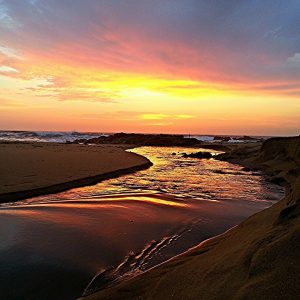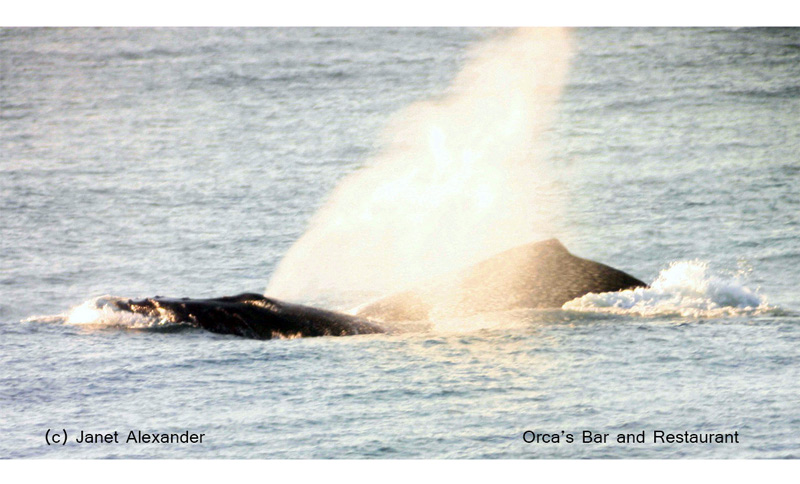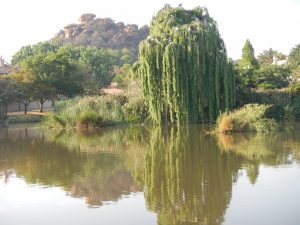KZN Rivers open wide…
Following the spate of downpours lately in KZN, the rivers have swollen, some bursting banks and most bursting their closed river mouths.

The deluge has caused floodwaters to collect silt and debris and throw it all way out to sea, forming the long awaited blue water line that hunting gamefish so love. Deep sea fishermen love it too, trolling baits along this seam between the deep blue Mozambican Current and the dirty water produces dorado, sailfish and marlin.
However, aside from the obvious pollution that the rivers carry with them, the brown/orange colour is not actually all that bad. It’s from a pigment found in the earth and rocks in the catchment areas way upstream, that provides the discoloration. It’s the same stuff that make the Orange River orange – sometimes our rivers do look more orange than brown.
The brown water is not all that good either however – it does carry pollution out of all our valleys and catchment areas and pukes it into the ocean. If you surf in it, your ears get in big trouble. If you swallow it you get sick. Sharks love it. And it carries and conceals obstacles like logs and dead cows.
It is highly advisable to swim or surf where the water is cleaner. This alternates almost daily with the winds, but you can always find a clean beach somewhere if you travel up and down the coast enough. Being as far away from the Umkomaas and the Umzimkulu as you can be is your best bet for safe bathing or surfing. The water cleans up gradually as the Mozambican current eventually carries the silted water away – and by the time it’s March (cyclones considered), it starts to clean up crystal again.




